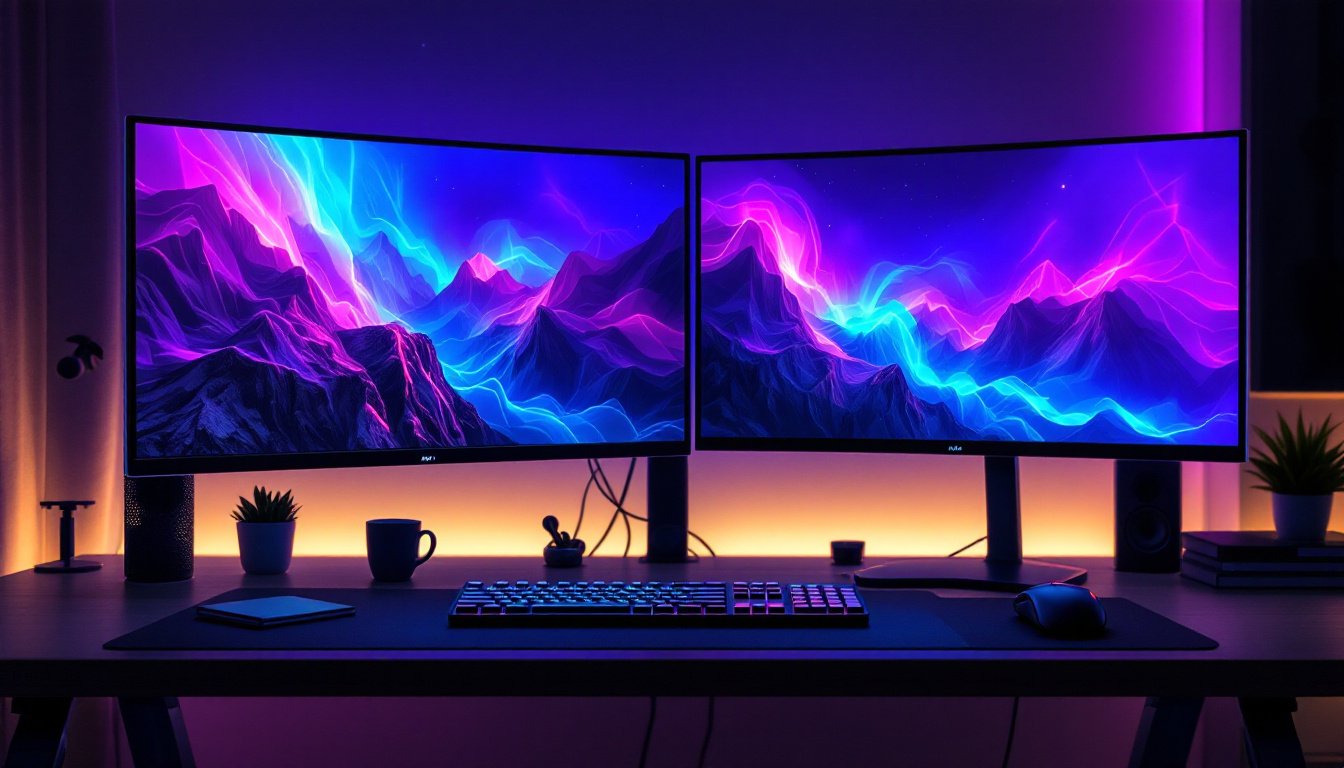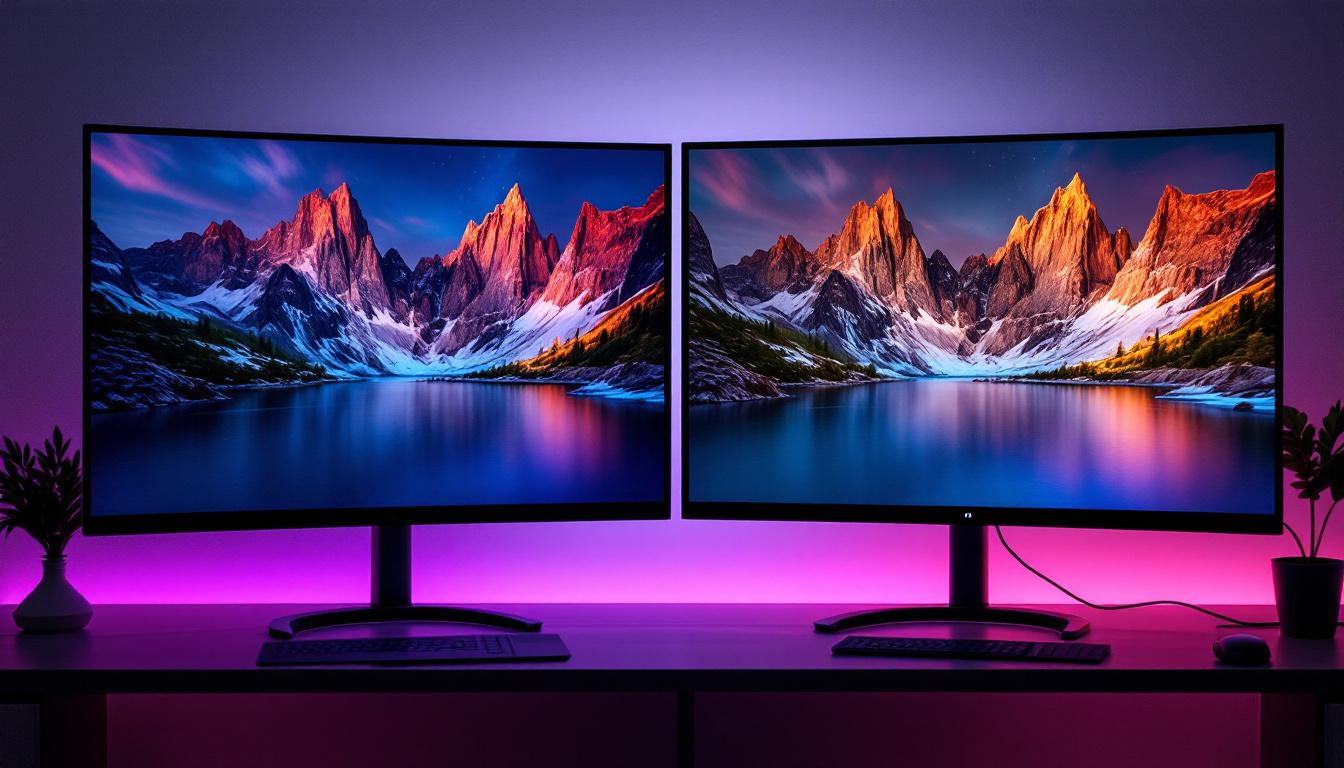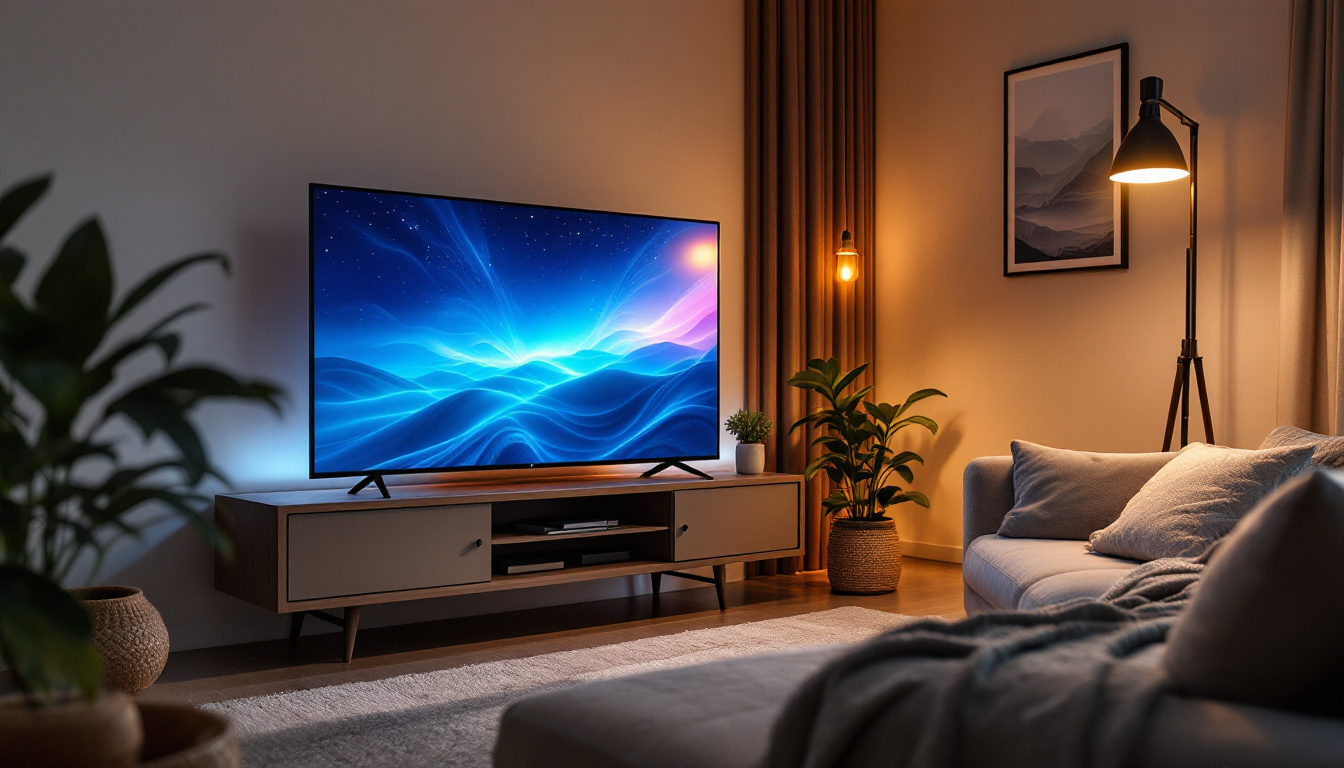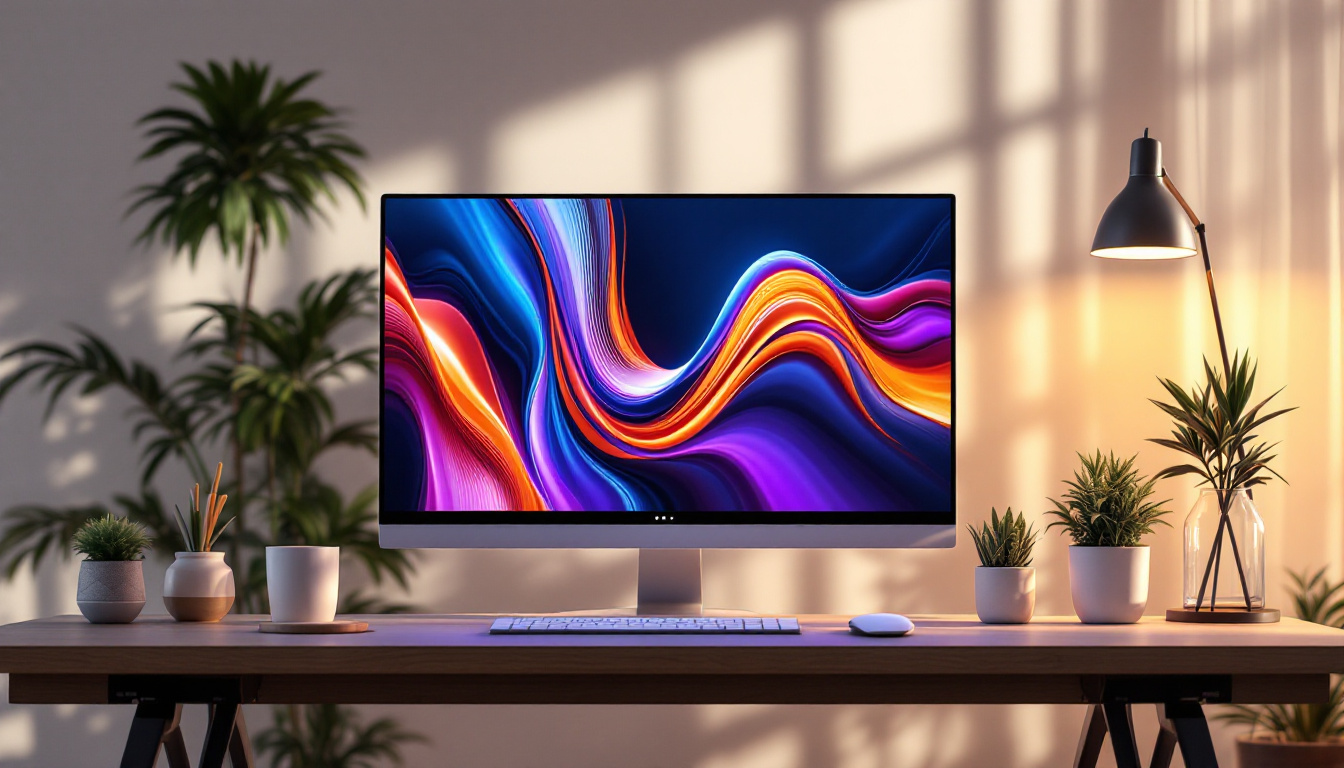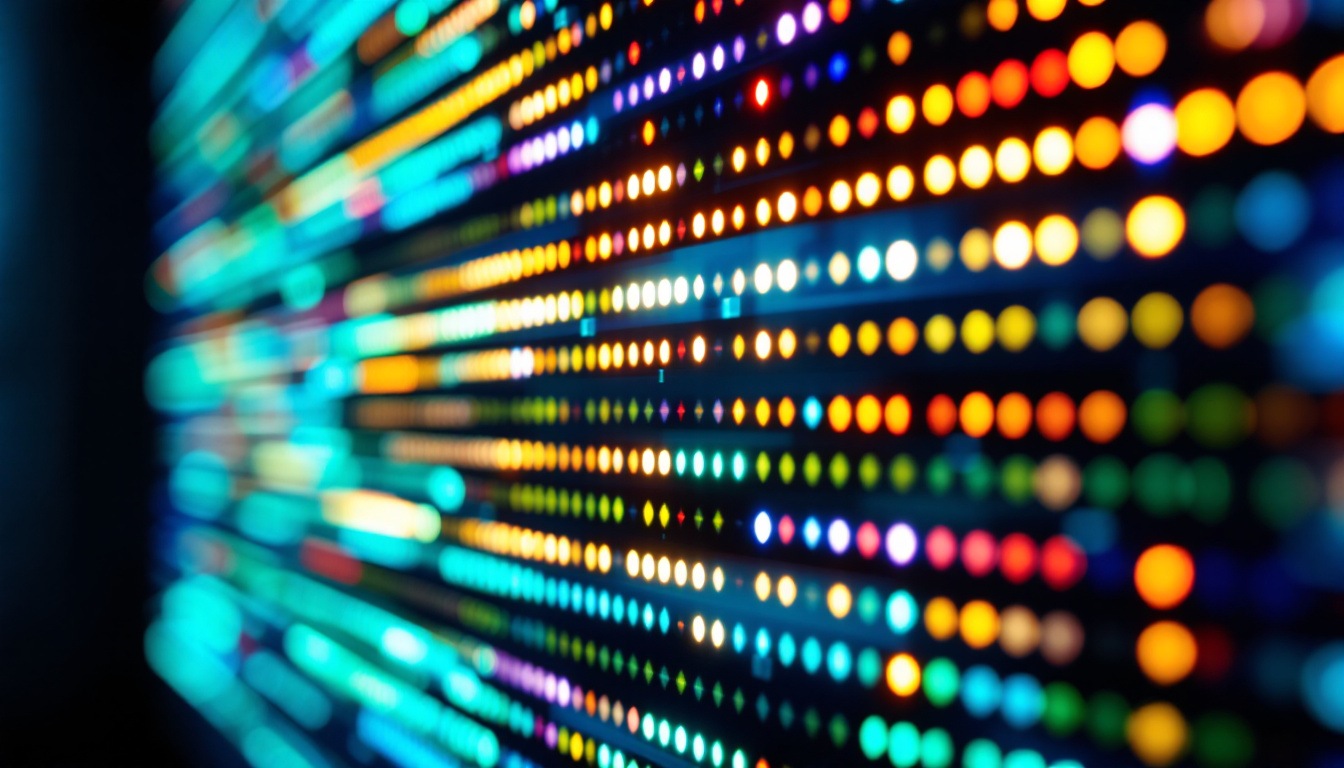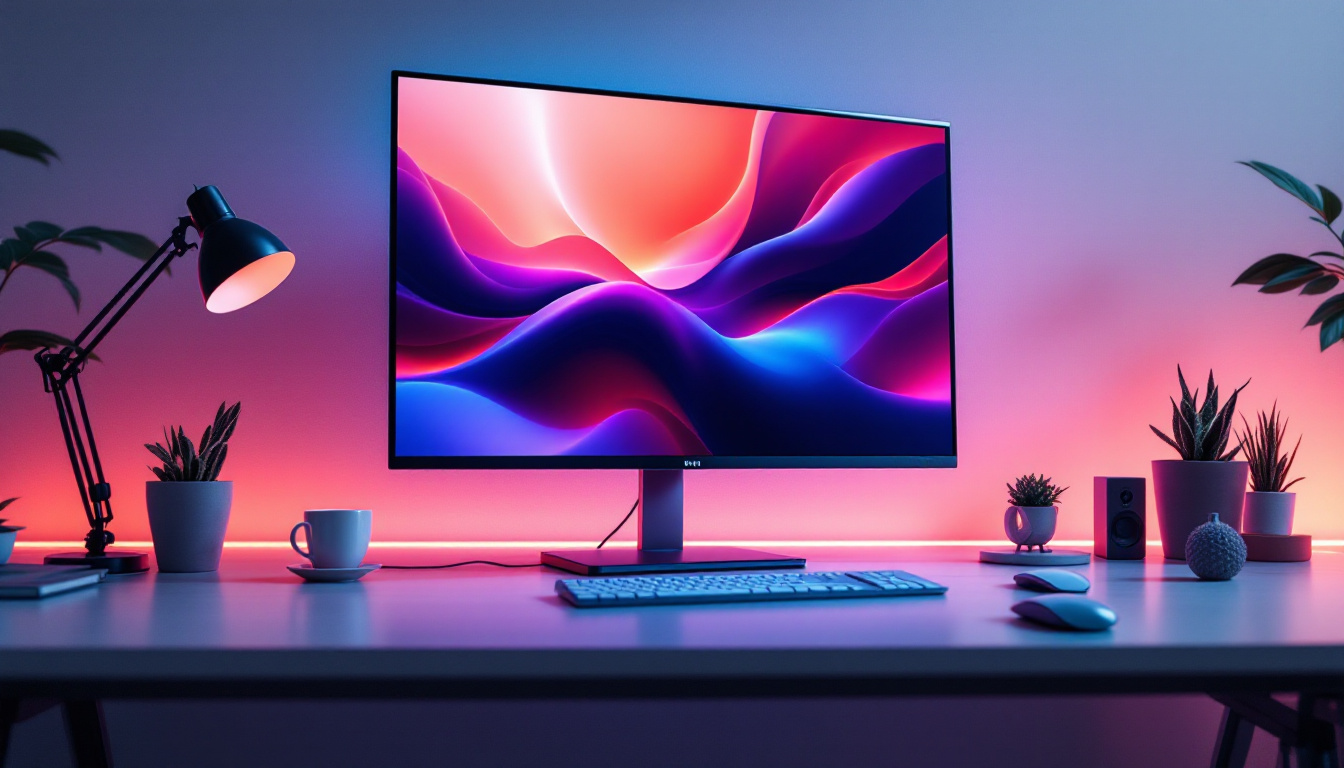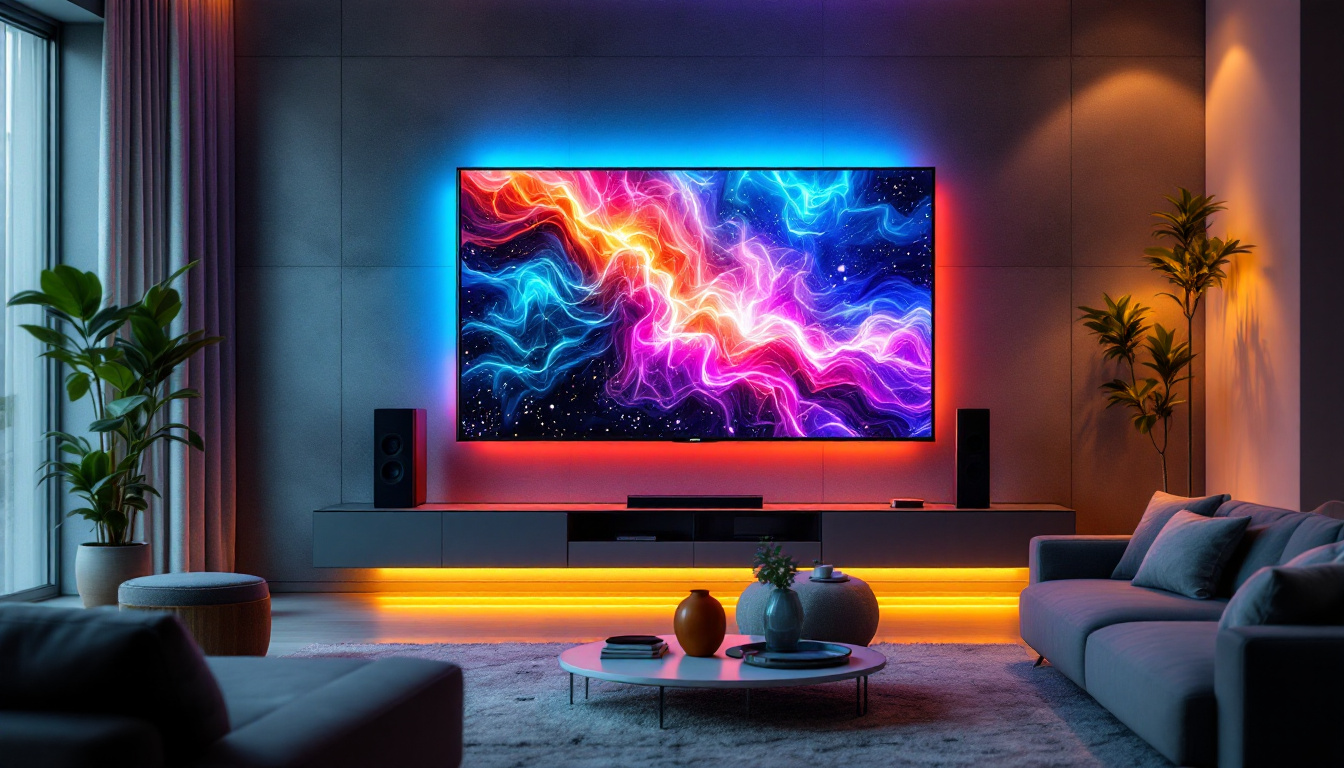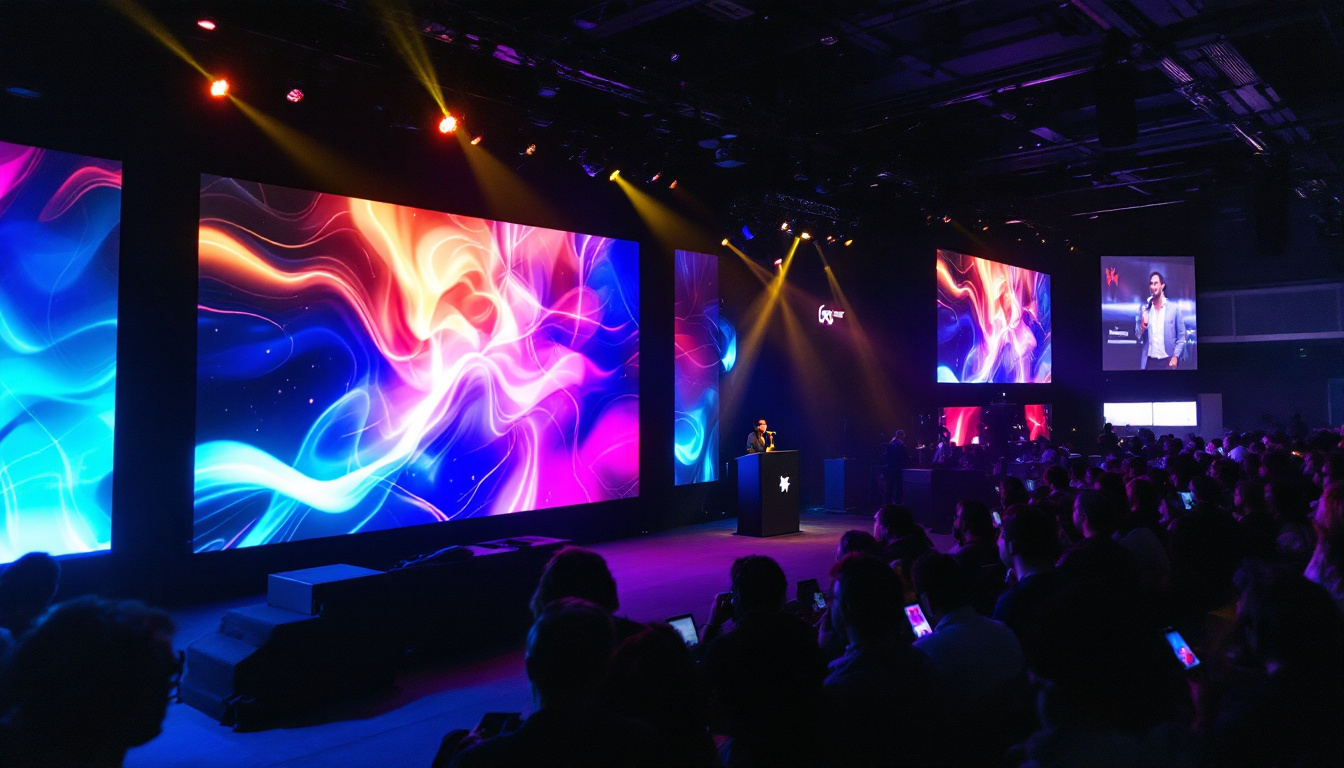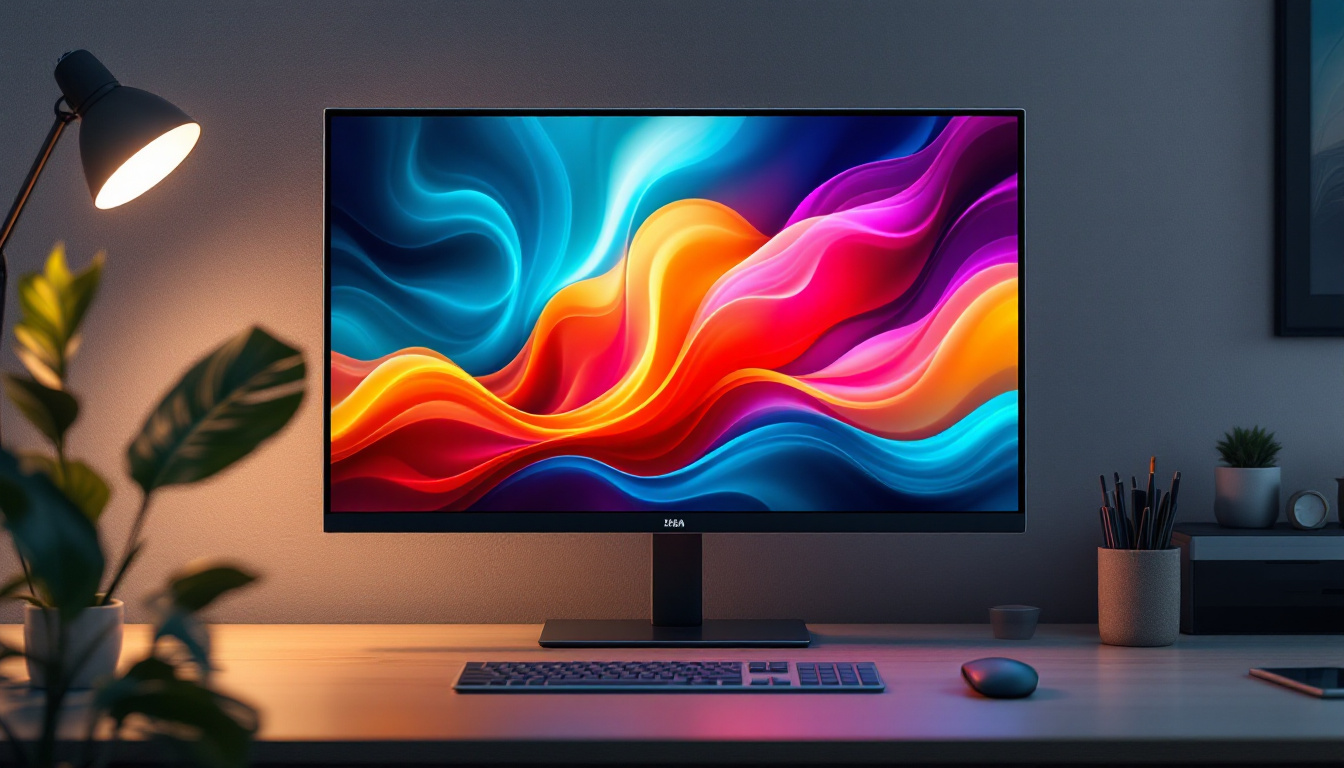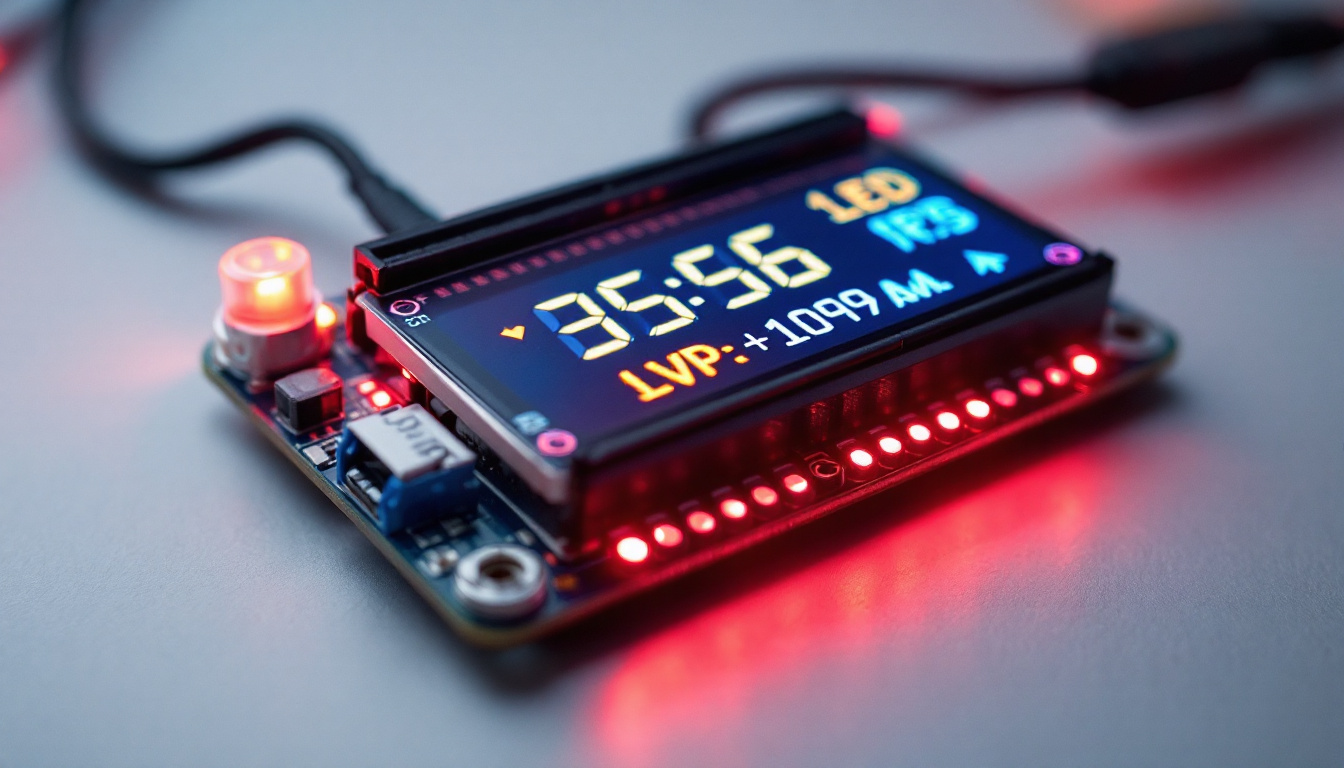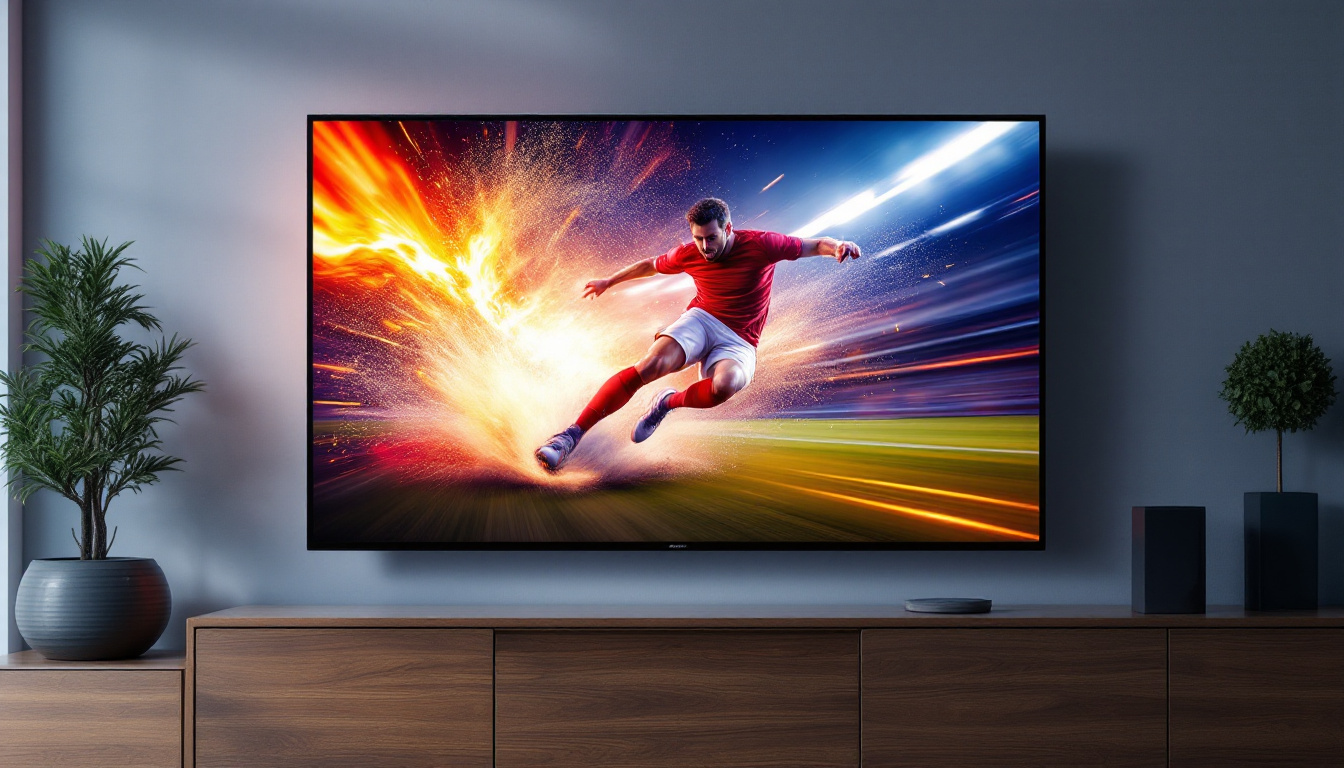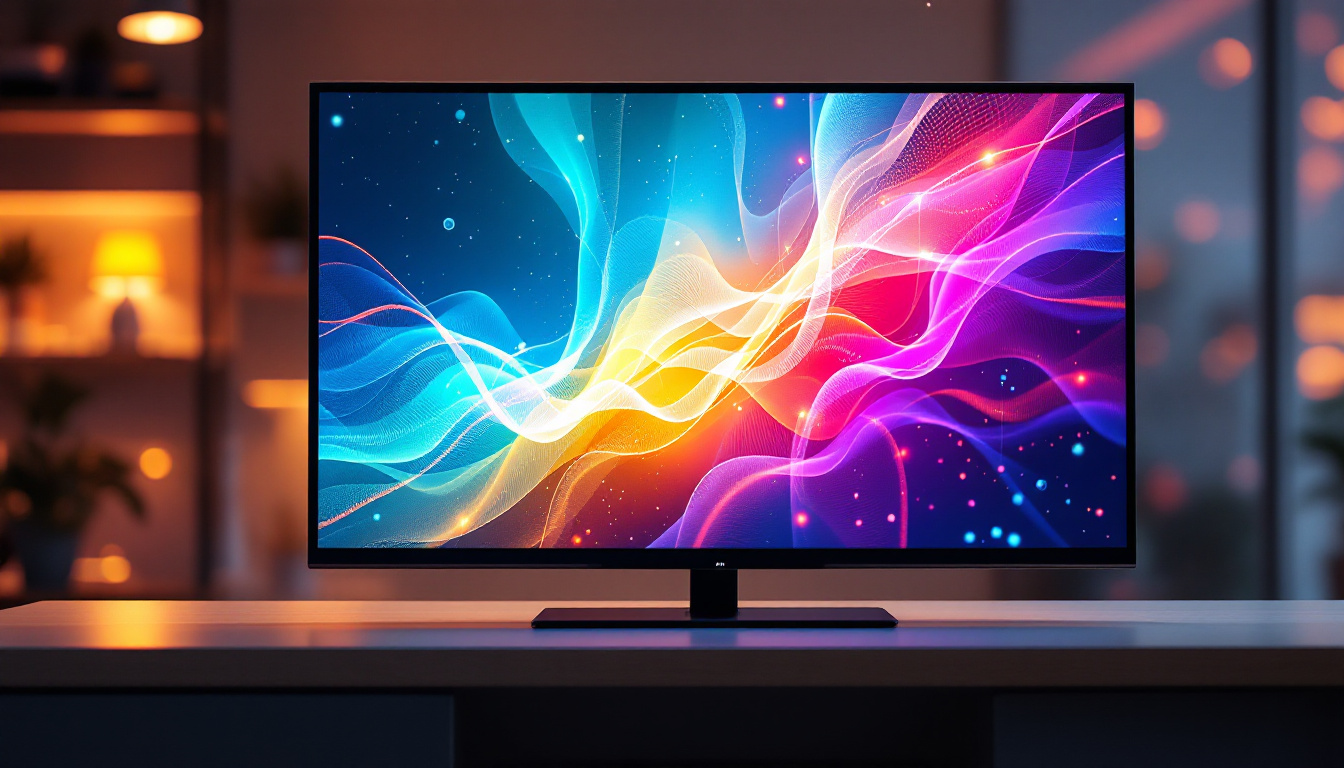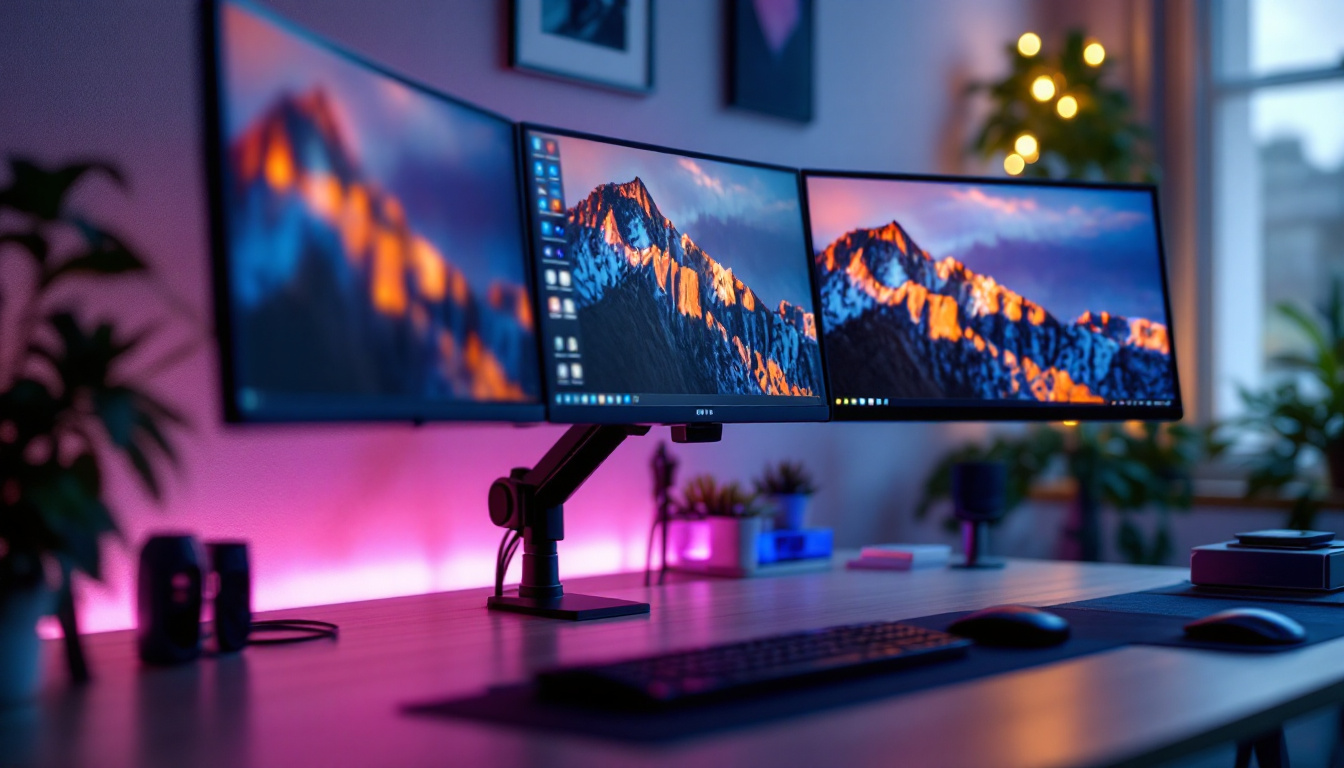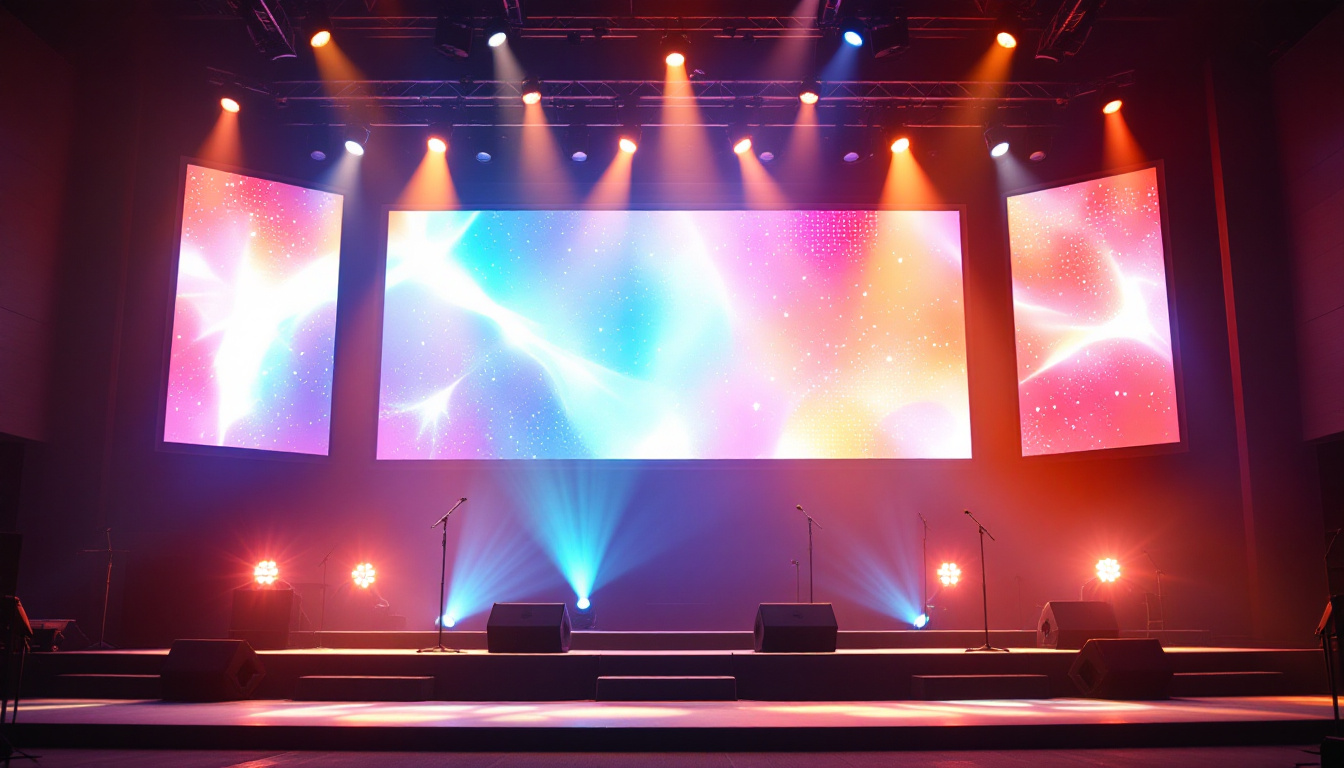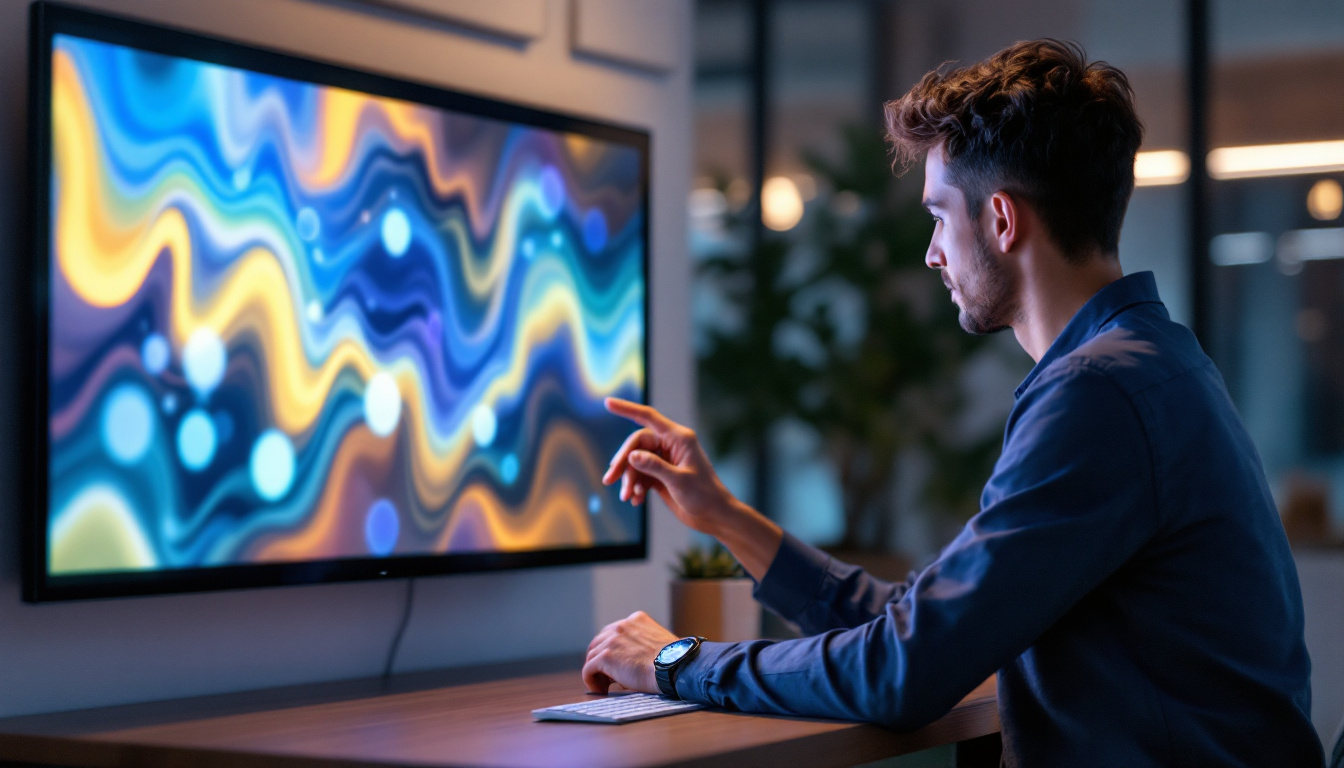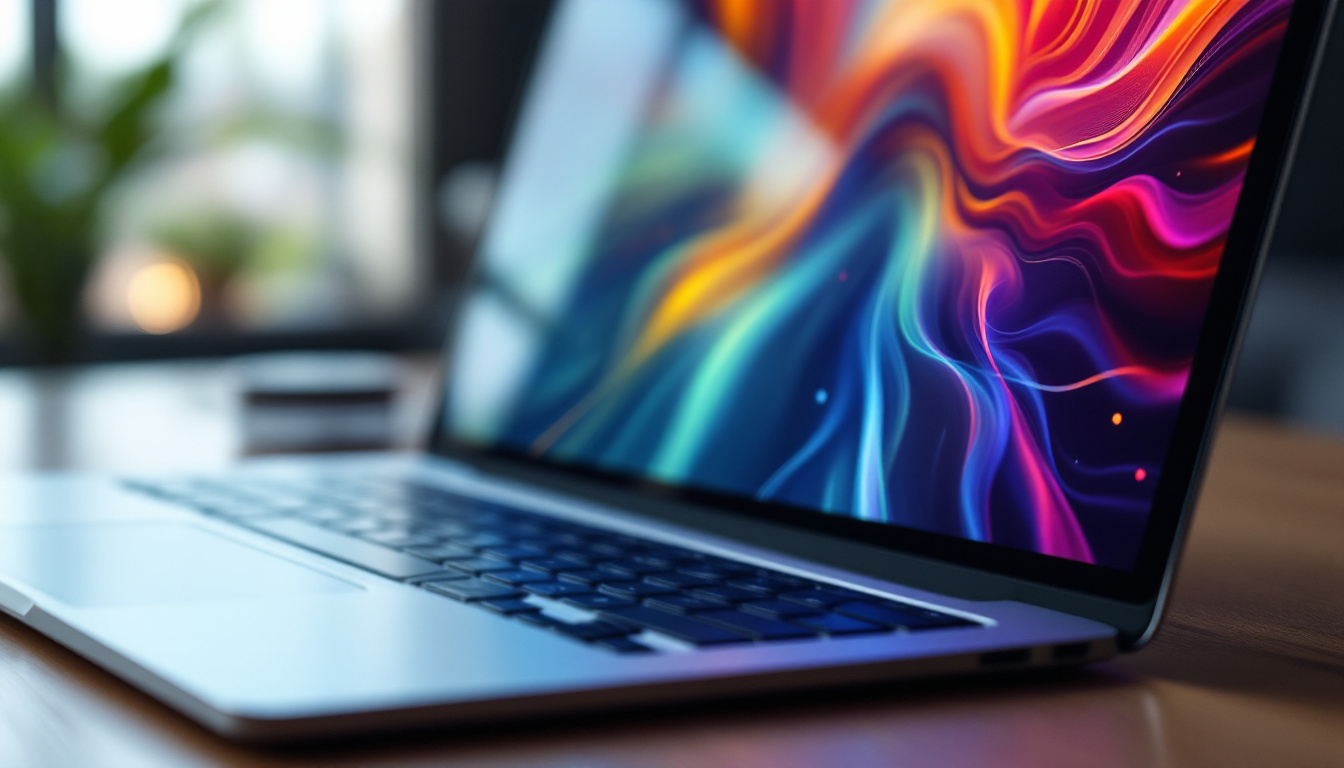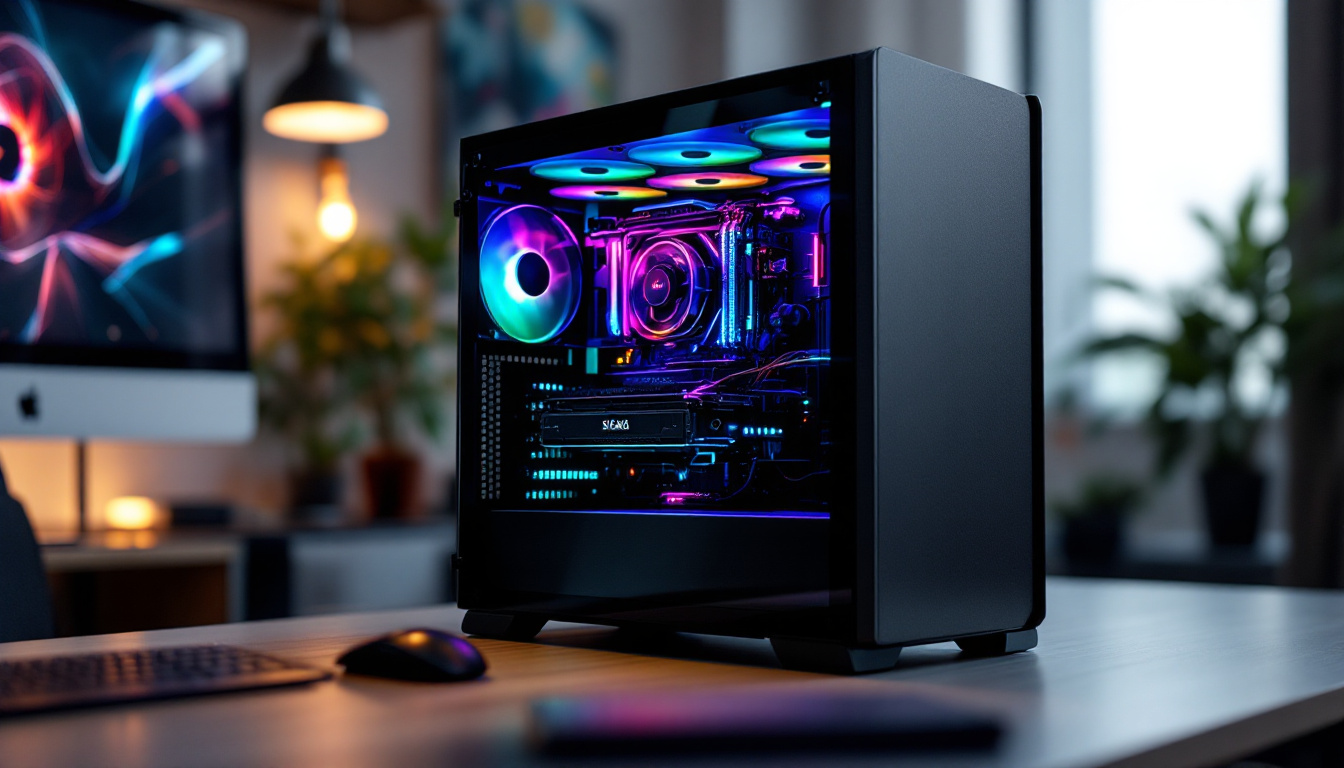In today’s fast-paced digital world, having an efficient workspace is essential for productivity. One of the most effective ways to enhance your workspace is by using a dual monitor setup. This article delves into the benefits of a 2 monitors stand, particularly focusing on LED displays, and how they can transform the way you work and play.
Understanding Dual Monitor Setups
A dual monitor setup involves using two screens simultaneously, which can significantly improve multitasking capabilities. This configuration is particularly popular among professionals in various fields, including graphic design, programming, and financial analysis, where multiple applications need to be accessed at once.
Benefits of Using Two Monitors
Using two monitors can lead to enhanced productivity. Studies have shown that individuals who employ dual monitors can complete tasks more efficiently compared to those using a single screen. This increase in productivity is attributed to the ability to view multiple applications side by side, reducing the need for constant window switching.
Moreover, dual monitors can help reduce eye strain. By spreading out the workload across two screens, users can adjust their viewing angles and distances, which can lead to a more comfortable working environment. This is especially important for those who spend long hours in front of a computer. The flexibility to arrange windows according to personal preference also allows users to create a workspace that feels more organized and tailored to their specific needs.
Choosing the Right Monitors
When selecting monitors for a dual setup, several factors should be considered. Screen size, resolution, and panel type are crucial aspects that can affect your overall experience. For instance, larger screens with higher resolutions provide more screen real estate, allowing for better multitasking capabilities.
Additionally, the type of panel used in the monitors can influence color accuracy and viewing angles. IPS panels are often recommended for tasks that require precise color representation, while TN panels may be suitable for gaming due to their faster response times. It’s also worth noting that some users may prefer ultrawide monitors as an alternative to traditional dual setups, as they offer a seamless viewing experience without the bezel interruption between two screens. This can be particularly beneficial for video editing or immersive gaming, where a continuous display enhances the overall experience.
Another important consideration is the connectivity options available on the monitors. Ensure that the monitors you choose have compatible ports with your computer, such as HDMI, DisplayPort, or USB-C. Some monitors also come with built-in USB hubs, which can simplify the connection of peripherals and reduce cable clutter on your desk. Ultimately, investing time in selecting the right monitors can lead to a more efficient and enjoyable working environment.
The Role of Monitor Stands
Once the monitors are selected, the next step is to consider how to position them effectively. This is where a 2 monitors stand comes into play. A monitor stand not only helps in organizing the workspace but also ensures that the monitors are at the right height and angle for optimal viewing. By elevating the screens, these stands can also help to reduce glare from overhead lighting, making it easier to focus on tasks without straining the eyes.
Types of Monitor Stands
There are various types of monitor stands available on the market, each catering to different needs and preferences. Fixed stands are the most basic, providing a stable base for the monitors. However, adjustable stands offer more flexibility, allowing users to change the height and tilt of the monitors easily. This feature is particularly useful for individuals who share workspaces, as it allows for quick adjustments to accommodate different users’ preferences.
For those looking to maximize desk space, wall-mounted stands are an excellent option. These stands free up valuable desk space and can create a cleaner, more organized workspace. Wall-mounted options can also enhance the aesthetic appeal of an office by creating a sleek, modern look. On the other hand, desktop stands with built-in cable management can help keep cords organized and out of sight, reducing clutter and the risk of tangling cables. Some advanced models even include USB ports and charging stations, further enhancing functionality.
Ergonomics and Comfort
proper ergonomics is crucial for maintaining comfort and preventing strain during long working hours. A well-designed monitor stand can help achieve this by allowing users to position their monitors at eye level. This reduces neck strain and promotes better posture, contributing to overall well-being. Furthermore, a good monitor stand can encourage users to take regular breaks by making it easier to adjust their screens for different tasks, whether that be reading documents or engaging in video calls.
Additionally, some monitor stands come with features like adjustable arms or swivel capabilities, enabling users to customize their viewing angles. This adaptability can be particularly beneficial for collaborative work, where screens may need to be shared with colleagues. Moreover, certain models are designed to accommodate multiple monitors, allowing for a panoramic view that can enhance productivity by making it easier to multitask. With the right setup, users can seamlessly transition between different applications and documents, making their workflow more efficient and enjoyable.
LED Displays: A Closer Look
LED displays have become increasingly popular in recent years due to their vibrant colors and energy efficiency. Understanding the technology behind LED displays can help users make informed decisions when selecting monitors for their dual setup.
What is an LED Display?
An LED (Light Emitting Diode) display utilizes semiconductor technology to produce light. Unlike traditional LCD screens that use fluorescent backlighting, LED displays are lit by tiny diodes, resulting in brighter images and deeper blacks. This technology provides a more dynamic visual experience, making it ideal for both work and entertainment.
LED displays can be further categorized into two types: edge-lit and direct-lit. Edge-lit displays use LEDs placed along the edges of the screen, while direct-lit displays have a full array of LEDs behind the screen. Direct-lit displays typically offer better contrast and uniformity, making them a preferred choice for professionals who require precise color accuracy.
Advantages of LED Displays
One of the primary advantages of LED displays is their energy efficiency. They consume less power compared to traditional displays, which can lead to significant cost savings over time. Additionally, LED displays tend to have a longer lifespan, reducing the need for frequent replacements.
Moreover, the color accuracy and brightness of LED displays make them suitable for a wide range of applications. Whether it’s graphic design, video editing, or gaming, LED monitors can deliver stunning visuals that enhance the overall experience.
Setting Up Your Dual Monitor Stand
Once the monitors and stands have been selected, the next step is to set up the dual monitor configuration. A proper setup can significantly enhance the user experience and ensure that the monitors function optimally.
Positioning the Monitors
When positioning the monitors, it is essential to consider the viewing distance and angle. Ideally, the monitors should be placed at arm’s length, with the top of the screen at or slightly below eye level. This positioning helps reduce neck strain and promotes a comfortable viewing experience.
Additionally, the monitors should be angled slightly inward to create a more immersive experience. This setup not only enhances visibility but also allows for better collaboration when sharing screens with colleagues.
Connecting the Monitors
Connecting the monitors to a computer typically involves using HDMI, DisplayPort, or VGA cables. Most modern monitors support HDMI and DisplayPort connections, which offer higher resolutions and refresh rates compared to VGA. It is crucial to check the compatibility of the monitors with the computer’s graphics card to ensure optimal performance.
Once connected, users can adjust the display settings in the operating system to configure the dual monitor setup. This includes setting the primary display, adjusting resolution settings, and arranging the monitors in the display settings menu.
Maintaining Your Dual Monitor Setup
To ensure the longevity and optimal performance of a dual monitor setup, regular maintenance is essential. This includes cleaning the screens, checking cable connections, and updating drivers as necessary.
Cleaning and Care
Cleaning the monitors regularly can help maintain their clarity and prevent dust buildup. Using a microfiber cloth and a gentle cleaning solution specifically designed for screens is recommended. Avoid using harsh chemicals or abrasive materials that could damage the display.
Additionally, checking the cable connections periodically can help prevent connectivity issues. Loose or damaged cables can lead to display problems, so ensuring that all connections are secure is crucial for a seamless experience.
Updating Drivers and Software
Keeping the graphics drivers and monitor software up to date is vital for maintaining optimal performance. Manufacturers often release updates that can enhance compatibility and performance, so regularly checking for updates is advisable.
Furthermore, adjusting the display settings according to personal preferences can improve the overall experience. This includes calibrating color settings, adjusting brightness levels, and configuring any additional features offered by the monitors.
Conclusion
A dual monitor setup with a 2 monitors stand and LED displays can significantly enhance productivity and comfort in any workspace. By understanding the benefits of dual monitors, the importance of proper ergonomics, and the advantages of LED technology, users can make informed decisions that cater to their specific needs.
Investing in the right equipment and maintaining the setup can lead to a more efficient and enjoyable working environment. Whether for professional or personal use, a dual monitor configuration can be a game-changer, allowing users to maximize their potential and achieve their goals more effectively.
Discover LumenMatrix LED Display Solutions
Ready to elevate your workspace with a dual monitor setup that maximizes productivity and visual clarity? LumenMatrix is at the forefront of LED display technology, offering a wide range of innovative solutions tailored to your needs. From Indoor and Outdoor LED Wall Displays to specialized options like Vehicle, Sports, and Floor LED Displays, our products are designed to create immersive visual experiences that captivate and engage. Embrace the future of visual communication with our Custom, All-in-One, and Transparent LED Displays. Check out LumenMatrix LED Display Solutions today and transform your space into a hub of efficiency and inspiration.

